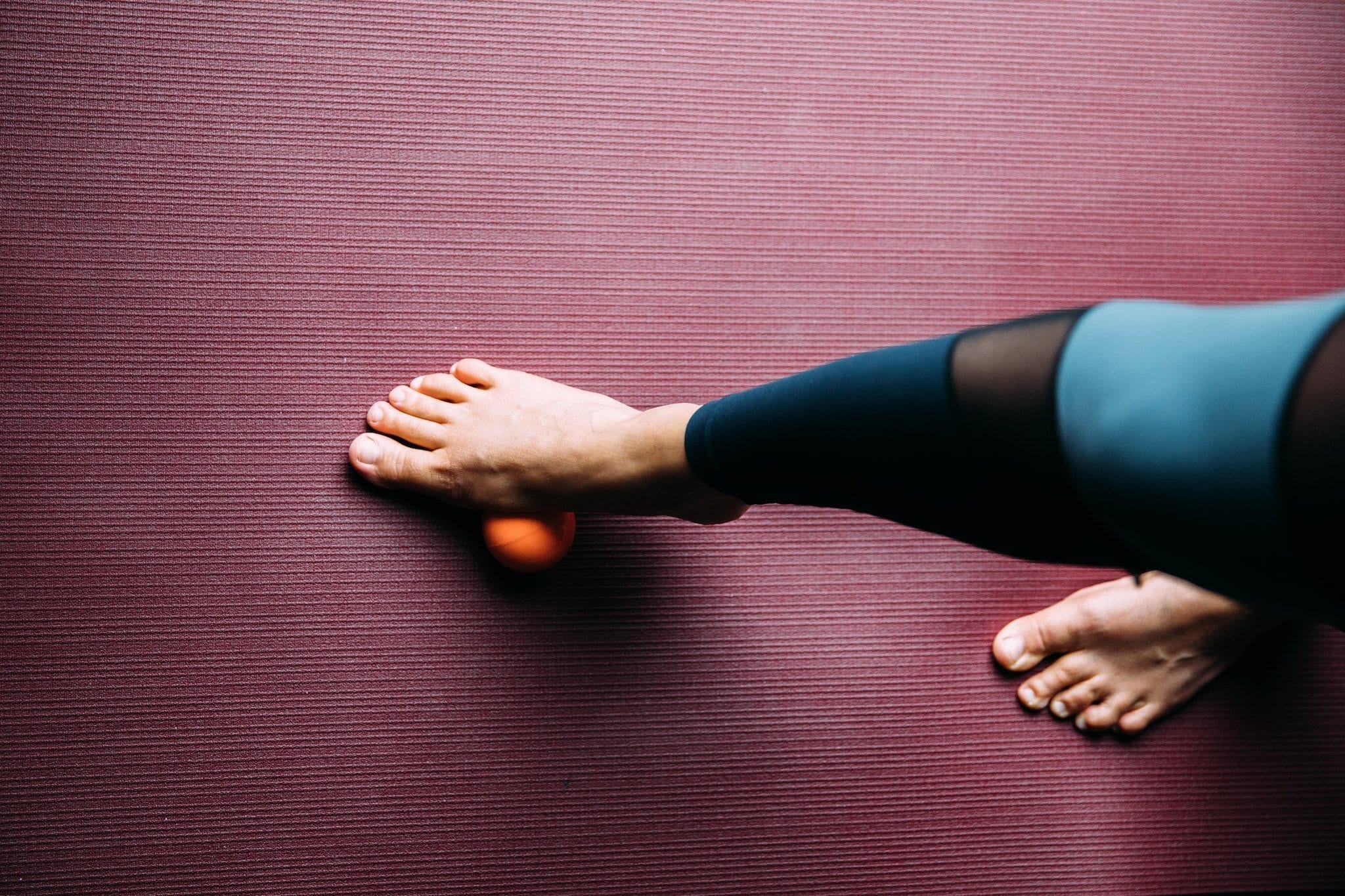
You may have seen the RAD Roller system—or tried it for yourself!—at a body rolling workshop at Wanderlust Festivals and Wanderlust 108 events.
Anyone who’s ever taken a yoga class knows how great yoga can make your body feel. Like with any exercise, you get the sweet release of endorphins—but yoga has that extra umph from a juicy breath-body connection that we all know and love (a “yoga high,” anyone?) But there’s more to yoga than feeling great. In addition to the sense of inner calm, a sincere yoga practice enhances our sense of proprioception—our ability to understand how our body works in relation to the movement we’re directing. Delving deep into the mechanics of your practice can be a crash course in anatomy. This kind of attention to the detail of our muscles and bones is an empowering way to learn what we need to physically better our body, and to heal.
Enter: Body rolling. You’ve probably heard of it or seen it—but what is this wellness craze all about, and why should we try it?
According to Mike Mallory, founder of RAD Roller, “we need to empower people to take control of the foundational aspects of what makes them healthy and mobile.” What does that really mean? Let’s break it down.
Body rolling is also known as self-myofascial release, which allows you to get deep into muscle tissue and fascia layers to massage out tightness or tension that causes stiffness or pain. It’s similar to a deep tissue massage, but can be done right in the comfort of your own home, without a professional masseuse (saving big on dollars and time). There are differences too: While traditional massage tends to focus on soft tissue and the body’s muscaltory system, self-myofascial release—still soft tissue therapy—focuses primarily on connective tissue and fascia.
But what the heck is fascia?
According to yoga teacher, anatomy expert, and the former director of yoga at Wanderlust Hollywood Chad Dennis, fascia is, simply, “a form of connective tissue that resembles a large band or sheet (predominantly in the form of collagen bundles known as fascicles) that lies below the skin’s surface and separates, connects, and encapsulates all muscles and internal organs.”
Put in laywoman’s terms, fascia is the tissue between our muscles that holds everything together. A good analogy here is to think of fascia like seaweed. If seaweed is lubricated, it’s bendable and healthy; if it’s been dehydrated, it becomes brittle and breaks. Fascia works the same way. When we keep our fascial layers healthy through movement and massage, it remains pliable and supple—which in turn allows for more movement for more years of our life. If the fascial layers are left alone, they can harden, which can result in pain, tension, and disorders like arthritis.
What happens when you roll
In short: a lot. “First off,” says Mike Mallory, “self-myofascial release is very calming to the body. Just like a massage, it facilitates the part of the nervous system that is involved in rest and repair. You have a hormonal cascade of events that helps calm the nervous system, but you also have the physical movement of fluid through the body.”
The lymph system, says Mike, is one “highway that moves fluid all through the body.” Among other things, this allows for synovial fluid (so-called “joint juice”) to stimulate healthy movement in our body’s largest joints and hinge points.
“Large scale movements always create lymph flow,” says Mike, “but if you look at it from the level of a single joint, there may be small motions and muscles that aren’t sharing the load equally.” By focusing on specific areas of the body at a time, you’re able to hone in on the small motions and muscles, you’re able to “normalize the larger systems of the body to integrate and stay healthy,” he says.
So what does it mean for me?
If you’ve ever broken a bone or been otherwise seriously injured, you’re probably well acquainted with scar tissue. Scar tissue build-up, when gone untreated, can cause serious issues with pain and flexibility. Even if you haven’t experienced injury like this, you’re likely familiar with skeletomuscular pain in some capacity (and if not, lucky you!) from everyday activities like long car or plane rides, sitting at a computer, or even a too-intense workout.
In a lot of ways pain can be good; according to Mike, pain is the body’s way of telling us there’s something not working exactly the way it should. “Pain is like a home security system,” says Mike: “the motion detectors will go off whether it’s a robber in front of the house, or the FedEx guy dropping off a late package. Point being… It just sounds the alarms but doesn’t always tell us what’s actually going on.”
The trick is that when we’re in pain, we create neurological pathways in our nervous system that can keep ringing long after the metaphorical robber is gone. When we’re able to calm the nervous system—through work like body rolling, we’re able to calm that pain.
But wait, there’s more
“Motion not only keeps our joints lubricated and muscles pumping, but it trains our mind to be sharp, making millions of calculations in the background at all times,” says Mike. “By ‚feeding‘ the brain more complex movements, we’re actually training both the mind and body.”
We not only learn about anatomy and brain function through this kind of self-study, but also about ourselves. “The integration of all those mobile and immobile parts is something that we need to feel and know,” says Mike.
An activity that can augment our practice, teach us about our body, and make us feel good? Now we’re really on a roll.
—
 Lisette Cheresson is a writer, storyteller, yoga teacher, and adventuress who is an avid vagabond, homechef, dirt-collector, and dreamer. When she’s not playing with words, it’s a safe bet that she’s either hopping a plane, dancing, cooking, or hiking. She received her Level II Reiki Attunement and attended a 4-day intensive discourse with the Dalai Lama in India, and received her RYT200 in Brooklyn. She is currently the Director of Content at Wanderlust Festival. You can find her on Instagram @lisetteileen.
Lisette Cheresson is a writer, storyteller, yoga teacher, and adventuress who is an avid vagabond, homechef, dirt-collector, and dreamer. When she’s not playing with words, it’s a safe bet that she’s either hopping a plane, dancing, cooking, or hiking. She received her Level II Reiki Attunement and attended a 4-day intensive discourse with the Dalai Lama in India, and received her RYT200 in Brooklyn. She is currently the Director of Content at Wanderlust Festival. You can find her on Instagram @lisetteileen.
